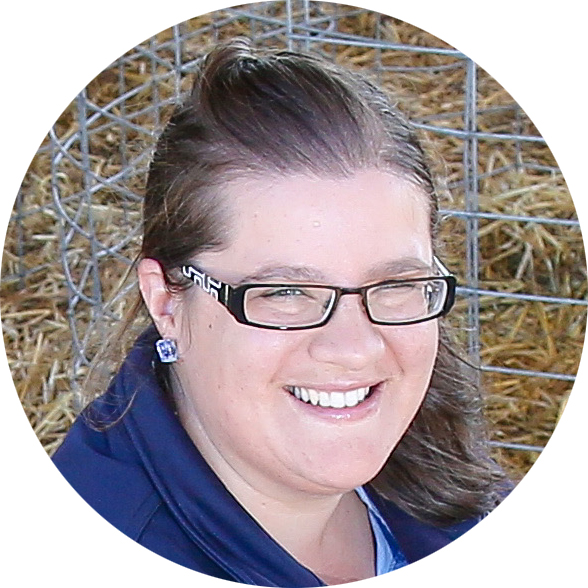Do I need a biosecurity plan?
 SMALL FARMS NETWORK - AUTUMN 2021 - ANIMAL HEALTH & DISEASES
SMALL FARMS NETWORK - AUTUMN 2021 - ANIMAL HEALTH & DISEASES
By Linda Searle
District Veterinarian
P: 03 5881 9919 | M: 0427 649 740 | E: linda.searle@lls.nsw.gov.au
 Biosecurity describes what you do to reduce the risk of diseases, weeds and pests affecting your farm, crops and livestock.
Biosecurity describes what you do to reduce the risk of diseases, weeds and pests affecting your farm, crops and livestock.
Good biosecurity practices are often simple steps. For example:
- Ask about the health status of livestock before purchasing them.
- Check that purchased fodder is free of weed seeds.
- Make sure your fences are stock proof.
What is a biosecurity plan?
A biosecurity plan is a written document that outlines the processes you have in place to ensure good biosecurity on your farm. This is not a one-size-fits-all kind of plan - biosecurity risks often vary greatly from property to property.
Biosecurity plans are not just for big livestock producers. If you have something to protect, whether it be a pet pig, a small hobby sheep flock, or even just an empty paddock, a biosecurity plan can help protect your farm from biosecurity threats.
Other factors might also influence whether you write a biosecurity plan. If you have sheep, cattle or goats and want to be Livestock Production Assurance (LPA)-accredited, you must have a biosecurity plan in place. LPA accreditation enables access to the LPA-approved National Vendor Declarations (NVDs) that are used to sell livestock.
A new biosecurity plan template for pigs is about to be rolled out for small-scale pig owners. If you have a handful of pigs, and you are interested in learning about how a biosecurity plan could benefit you, contact us and participate in the pilot phase of the roll-out.
Many different templates for biosecurity plans exist - from the basic LPA and Animal Health Australia templates, to the more complex and involved plans that you might develop with the likes of a private veterinarian. The templates are a great place to start. They can be adapted to your individual situation and your specific biosecurity risks. There are no right or wrong answers – a biosecurity plan is simply a tool to help you identify the risks on your farm and document how you manage them.
You don’t even need to use a template. If you’d prefer to start with a blank piece of paper, that’s fine – kick off by simply jotting down what you consider to be the biosecurity risks and then briefly note how you go about managing those risks. Biosecurity plans, however basic or complex, don’t have to be set in stone. They can and should be reviewed and updated each year or so or as your farming situation changes or evolves. Think about the ways you currently manage biosecurity risks - are there ways you can do things even better to further manage risks?
To learn more about identifying and managing biosecurity risks, you can check out the biosecurity manuals, or speak with relevant advisors such as a district or private vet.
Following a biosecurity plan helps to prevent diseases, weeds and pests from impacting your farm, therefore saving you money, stress and headaches.